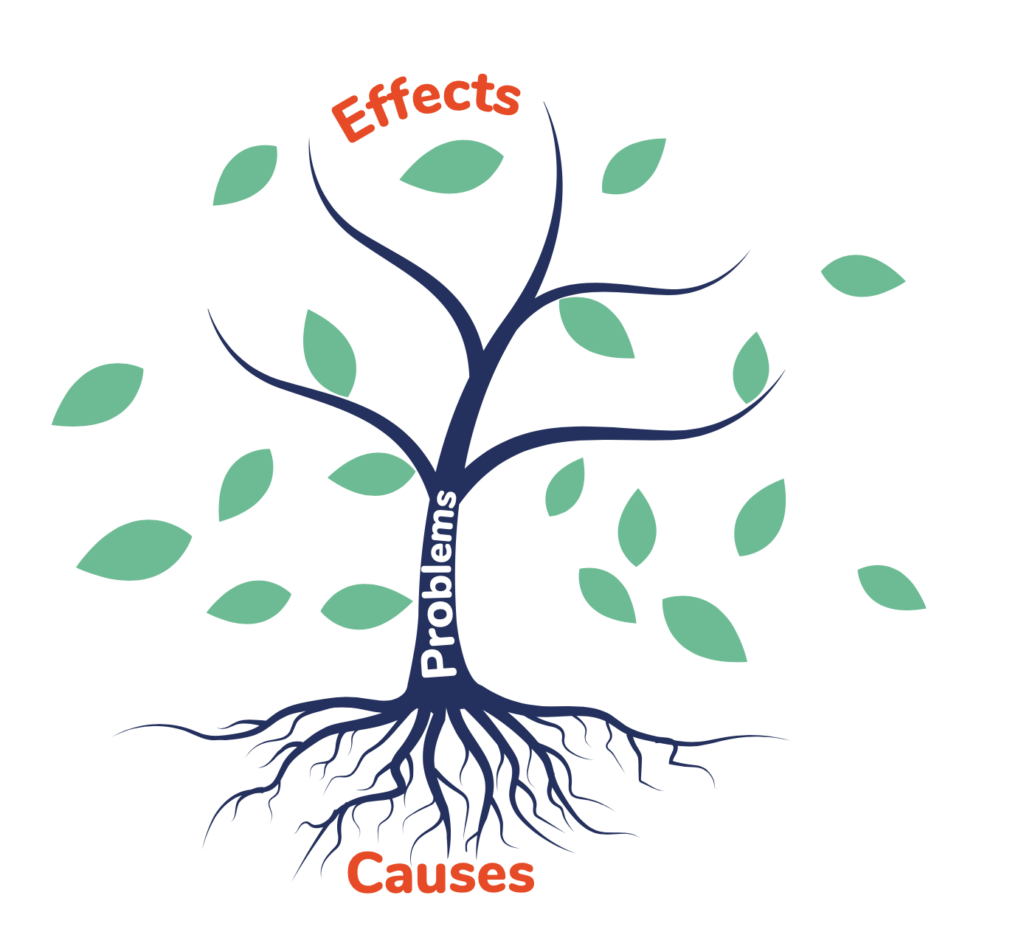Identifying a local challenge
EXPLORE This section is dedicated to understanding the challenges and opportunities within your city. It is essential to properly understand the context in which you are working and is a foundation from which you can build the project, and should keep returning back to as more insight emerges or things change.
The chances are you’ve come to this point with an idea or focus area already identified, but we encourage you to start by taking the time to really understand the challenge fully and clearly articulate it. This ensures that you’re focusing on a real need and that the project is in full control of the facts, whereafter the next steps can be planned fully.
Baseline study
Develop a baseline understanding of the challenges in your city and identify your focus area.
HOW :
- Collect information to answer some key questions:
- What are the key challenges facing my city right now?
- What are the current experiences of my citizens?
- What are the issues they currently face when interacting with public services?
- What change would you like to see through the project?
- We recommend starting by collecting data that already exists on the issue, including open data, data from previous studies and reports, and government databases.
- You can draw further information and insight to complete any gaps you may have by interviewing internal experts or key stakeholders. These could take a traditional interview structure, or use the tools below (Problem Tree and 5 Whys) to facilitate the discussions.
EXAMPLE:
The ASToN Network Baseline Study is composed of the 11 cities’ profiles. The city profile attempts to present the most important information about each city and the ASToN project, drawing on information gathered through a questionnaire, interviews, and multi-day city visits.
For Kampala, this baseline helped understand the various issues influencing their project to improve traffic management in the city:
- limited dissemination of real time traffic information with citizens,
- multiple actors in the transport sector but not enough coordination,
- limited digital and physical transport infrastructure despite other improvements around the city,
- limited funding for digital development.
Problem tree
You’ve identified a problem you want to focus on, use this tool to capture the root causes of your problem.

HOW:
- Have a session as a team to complete the Problem Tree, you can do this with a core group of peers from your institution or invite other key stakeholders to join
- Start with the effects, or symptoms that you are observing and map them to the leaves of the tree
- Ask yourselves “why” these effects occur, what is causing them, and map that to the roots
EXAMPLE:
As part of the ASToN network, Bizerte decided to focus on the issue of waste management. They used the “Problem Tree” tool to highlight the causes and effects of this challenge. As a group they discussed what they were noticing around the city: a significant multiplication of “black spots” with bags of waste beginning to pile up, causing dissatisfaction for citizens. Alongside this, they noticed that there were difficulties in collecting waste and significant wear and tear of the waste collection equipment. The group then discussed the possible causes of these issues and agreed they were due to infrastructure and governance challenges, as well as limited human resources and citizen awareness.
The use of the problem tree allowed them to go into detail about the causes and effects through a series of participatory workshops. They were then able to orient any solution ideas and activities around these detailed causes and effects.
READ MORE: ODI Planning tools – Problem Tree Analysis
5 Whys
An alternative way to explore the problem – used to make sure we scratch beneath the surface and have fully identified the true root causes.
HOW:
- Articulate the problem you want to solve in your city
- Ask yourself ‘Why?’ that is a problem
- Each answer forms the basis of the next question – usually asking ‘Why?’ 5 times will reach a deeper root cause than initially identified
- When answers are vague or point towards issues outside of our control such as not enough time, or not enough investment, try asking ‘Why did the process fail?’ to see what else it might surface
EXAMPLE:
The local authority in Matola identified the problem that they didn’t collect enough revenue from citizens. By using the 5 Whys framework they were able to dig into the reasons why this might be. Initially the team said the system in place wasn’t good enough. On probing, the team agreed this was because there weren’t enough staff or computers at the tax collection points to make the current system viable, and that the system relied too much on manual processing and on citizens coming in.
Others said that many citizens were actively avoiding paying taxes. By discussing why, the team saw that this could be for a few reasons. Citizens might not know how to pay because the system is too complicated and there is very little information provided, or it might be because the local authority wasn’t able to hold citizens accountable as there wasn’t robust data about who needed to pay the tax.
READ MORE: URBACT Toolbox – 5 Whys
You should begin to develop a challenge based on this initial work. The challenge will continue to change and evolve as you get a richer understanding of the problem and the local context. Most importantly, these activities will help you understand what questions you still have and what more research you might need to do. The amount of data available will vary depending on the issue and location of the work. Many African cities taking part in the ASToN network noted the lack of open data or government data available on the urban issues they were working on.


